

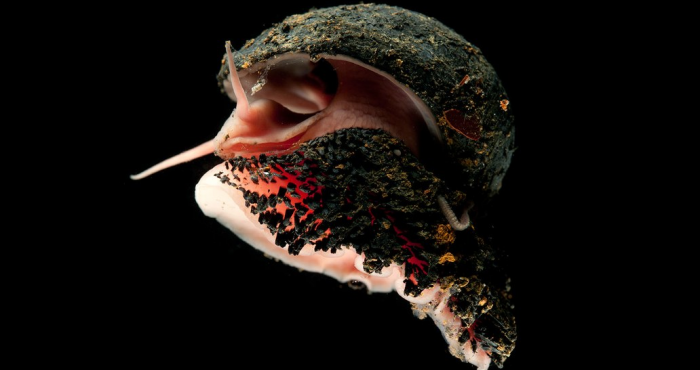
Ocean Census and WoRMS Announce Partnership to Enhance Rapid Discovery and Identification of Marine Life
Collaboration with network of volunteer taxonomic specialists key to mission to accelerate the discovery of ocean life.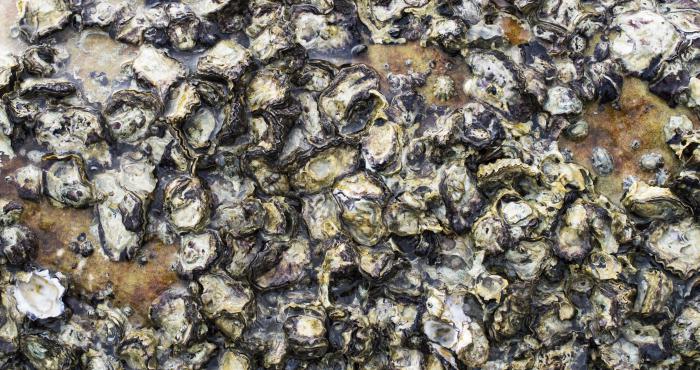
To settle or not to settle? Oyster larvae settlement cues investigated
The inclusion of ecosystem engineers in coastal planning is an approach being considered to mitigate coastal erosion in different environments worldwide. Oysters are reef building and can alter and improve their habitat acting as a barrier for coastal protection by sediment stabilization and wave...
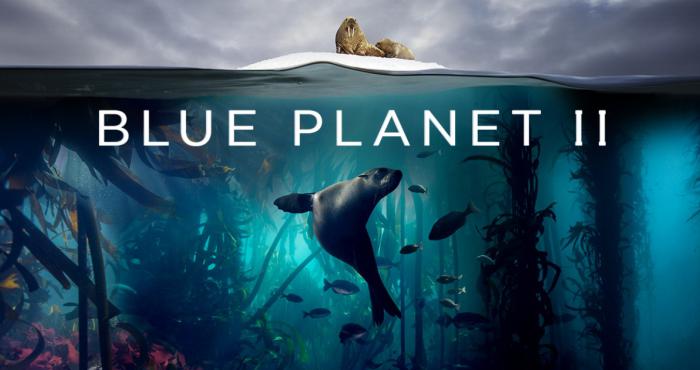
WoRMS featured in Blue Planet II
"Covering almost three-quarters of the Earth's surface, the world’s great oceans are home to an incredibly diverse web of life. The World Register of Marine Species (WoRMS) currently lists just under a quarter of a million species, with new ones being identified all the time. But even as we begin to...
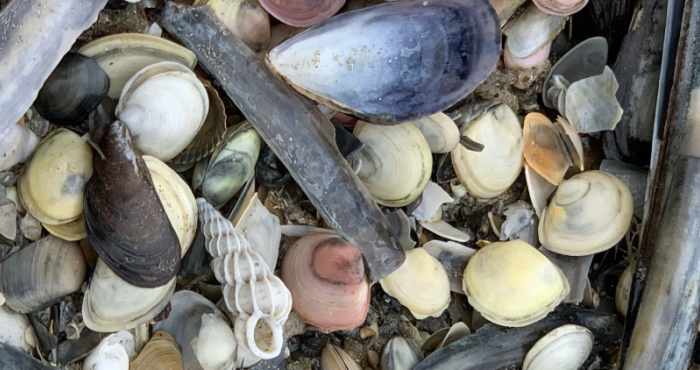
The Big Seashell Survey
Before the Big Seashell Survey started, there was little quantitative information on the species and numbers of shells that wash ashore at the Belgian coast. However, beached shells can say a great deal about climate change, environmental pollution, impact of human activities at sea and changes in...
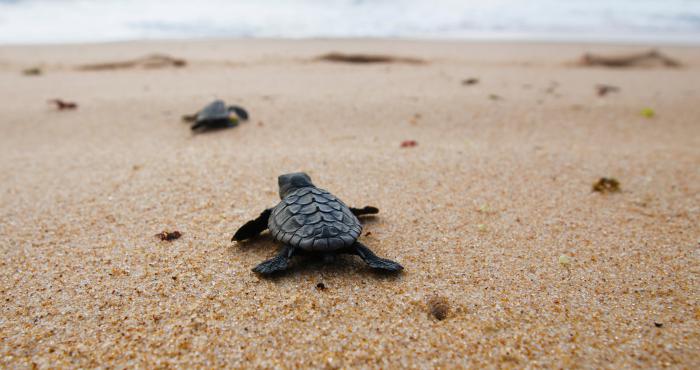
PETROBRAS: where industry and science touch
Environmental responsibility is a hot topic these days! For the Brazilian oil and gas magnate Petrobras, this means caring for the safety of their operations and undertaking actions to balance their activities and the welfare of their workforce and of the communities. By improving products and...

How WoRMS and OBIS guided BASF as a lighthouse
For patent applications and legal issues, it is important for BASF to collect and analyse biodiversity data: where exactly do organisms live, in which environment do they mainly live, what is their genetic code, ...? That is why they called on the expertise of WoRMS and OBIS.

Clarion-Clipperton Zone Species Checklist launched!
ISA and WoRMS release a species checklist for the Clarion-Clipperton Zone in celebration of the one-year anniversary of the Sustainable Seabed Knowledge Initiative.
The LifeWatch ERIC BEeS: abstract book, video recordings and more!
The LifeWatch ERIC family met again, for the first time in four years, at the "BEeS" Biodiversity & Ecosystem eScience Conference. It took place in Seville from 22 - 24 May, on the occasion of the International Day for Biological Diversity. Explore the abstract book, watch the video of the live-streamed round table, and download the presentations!